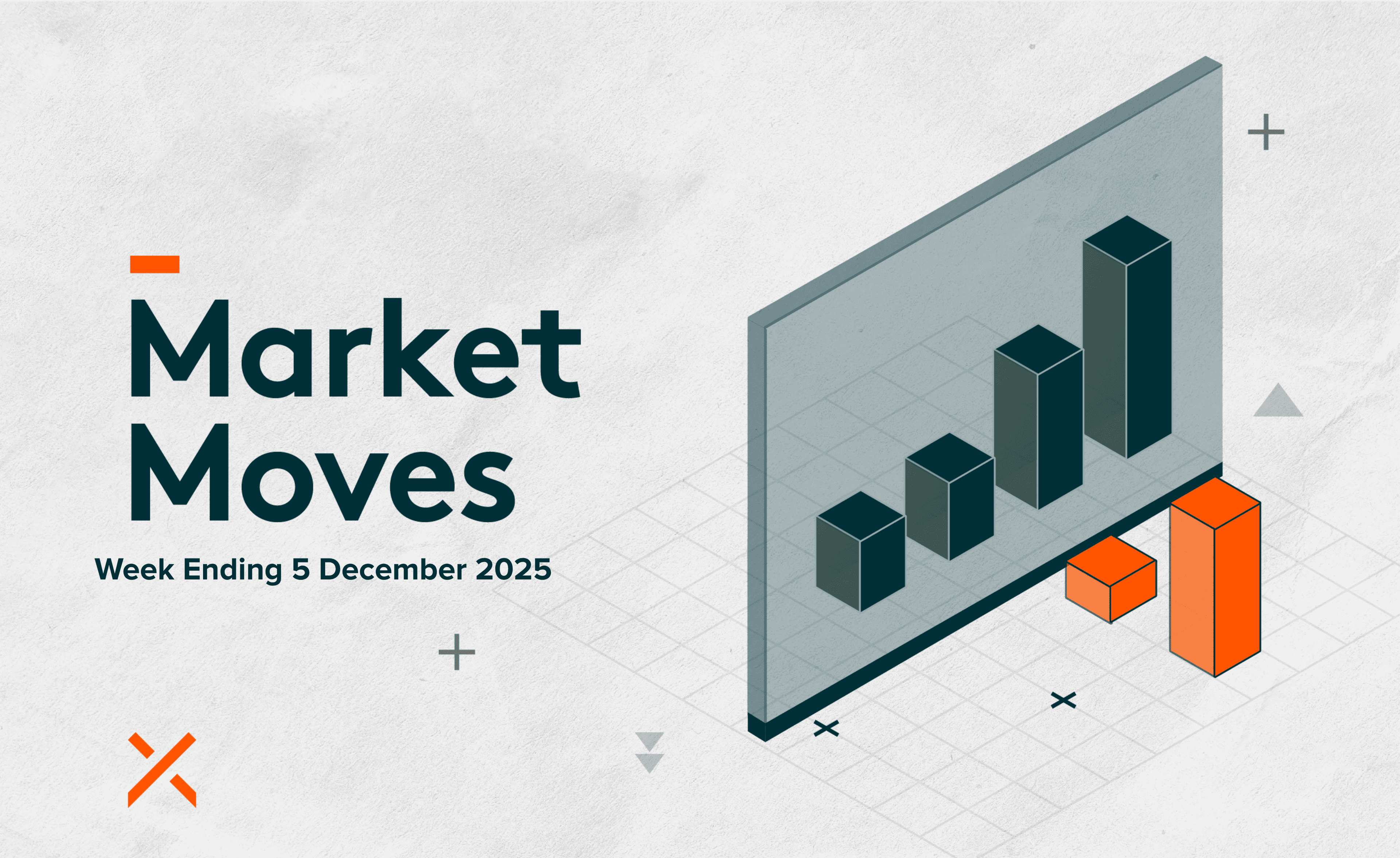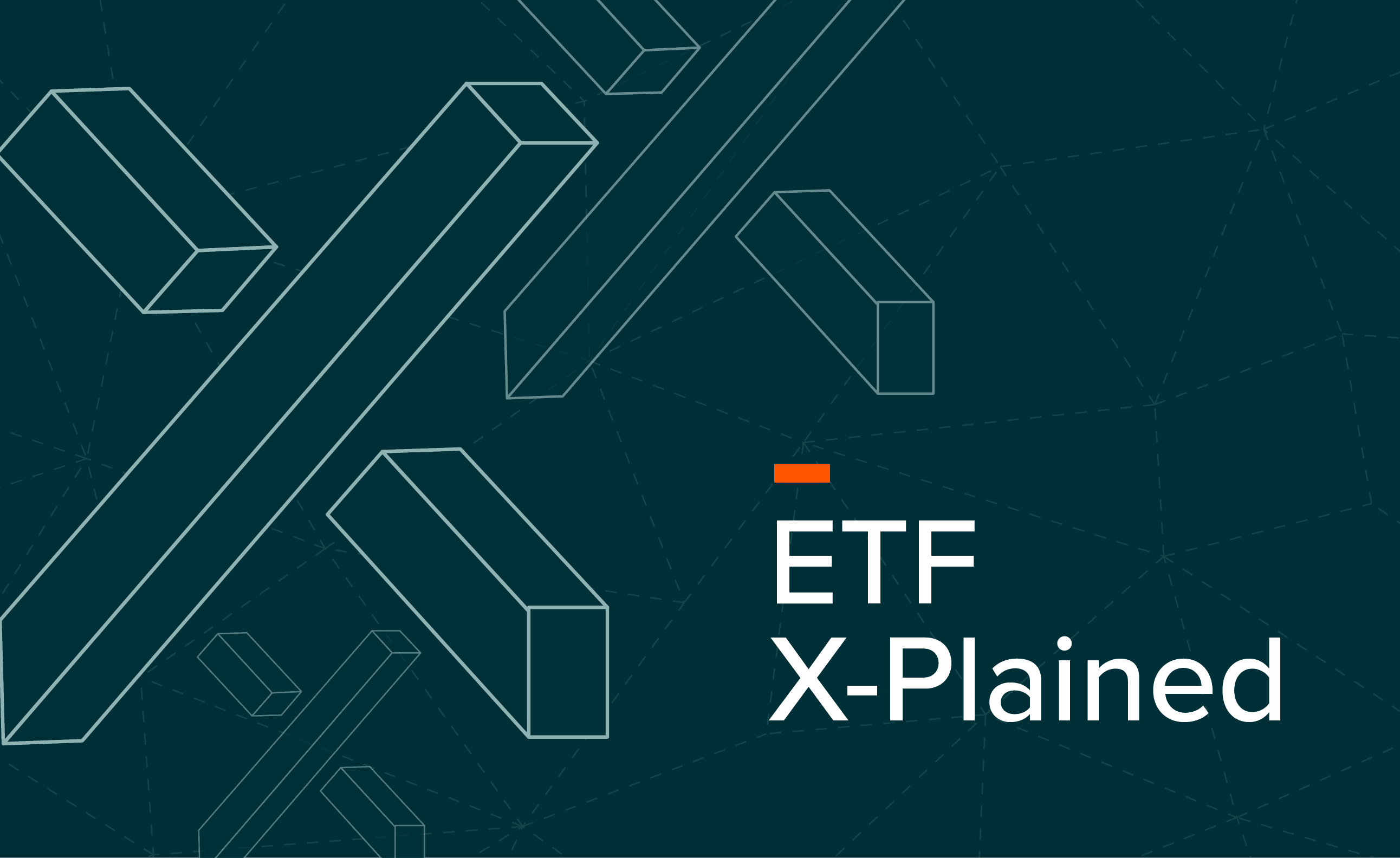For a browsing experience tailored to your needs
Select Your Location
Global X is dedicated to helping you build wealth
With over US$632 billion of assets under management, Global X currently serves thousands of advisers and more than 1 million investors.

Global X is dedicated to helping you build wealth
With over US$632 billion of assets under management, Global X currently serves thousands of advisers and more than 1 million investors.

Bond ETFs
Invest in a range of Australian and US fixed income solutions including treasuries, high yield and investment grade bonds. Each offering diversification from equites and increase portfolio income potential.
Investing in Bond ETFs
Bonds are a type of fixed income that can make up a valuable part of an investment portfolio. They are generally defensive in nature and can provide portfolio diversification. So, what factors should you consider when looking for a bond ETF?
Bonds are a common form of fixed income which can help investors generate returns, primarily through payments known as coupons, and can provide defensive capabilities. There are three primary types of bonds: government bonds (also called treasuries), corporate bonds (these can be investment grade corporate bonds or high yield corporate bonds) and semi-government bonds. Generally, bonds are used as a core fixed income allocation because they can offer risk-adjusted returns, which are less volatile than stocks. Bond ETFs can also be used to generate passive income through the coupon payments (i.e. the bond yield).
Type of bonds:
- Government bonds: Also known as Treasury Bonds which is sovereign debt issued by the Australian federal government to support day-to-day operations and longer-term investments
- Semi-government bonds: Sovereign debt issued by regional governments from Australian states and territories
- Corporate bonds: Debt issued by companies to raise money to finance business activities
Bond Payment Structures
- Fixed rate bond – coupon rate remains constant throughout the life of the bond.
- Floating rate bond – coupon rate fluctuates based on the current level of the benchmark index (such as the bank bill swap rate).
- Indexed bond – coupon rate is linked to a specific metric such as inflation.
Bond exchange traded funds (ETFs) hold a collection of bonds to achieve the desired investment outcome. The type of bond ETF which is right for you will largely depend on your level of risk appetite and investment goals. Like all ETFs, bond ETFs trade on stock exchanges just like shares – meaning they provide diversification and liquidity in a cost-effective vehicle. Ultimately, bond ETFs offer exposure to a broad mix of bonds without having to navigate the complexities and risks of buying individual bonds.
Global X Bond ETF Lineup
Global X has a lineup of bond ETFs that offer investors exposure to different areas of the bond market, from Australian bank bonds to US treasuries.
Performance of Bond ETFs
Global X Australian Bank Credit ETF (BANK)
The Global X Australian Bank Credit ETF (ASX: BANK) offers exposure to the bonds issued by Australia's big banks. These are investment-grade, meaning they are generally considered lower risk in comparison to high-yield bonds.
BANK primarily invests in floating rate notes, which are bonds that adjust their interest payments as rates change. This can be beneficial during a rising rate environment, since it helps to shield from the negative effects of higher interest rates.
BANK Performance performance table - showing YTD, 1 Mo, 3 Mo - auto generated figures - no content needed here
Why Invest in BANK? A key feature of the Global X Australian Bank Credit ETF (ASX: BANK) is its focus on high-quality bonds from Australia's biggest banks, which means you are investing in institutions that are typically quite stable. Put simply, BANK may be appropriate for those looking to generate income while managing their exposure to risk. The floating rate notes also mean that you have some level of protection against rising interest rates, which may be advantageous depending on specific market conditions. BANK also has a diversified set of securities such as senior bonds, subordinated bonds and hybrid securities across the banking capital structure.
Global X US Treasury Bond ETF (Currency Hedged) (USTB)
The Global X US Treasury Bond (Currency Hedged) ETF (ASX: USTB) may be appealing for those looking for moderate returns with lower risk compared to high-yield bonds. US Treasury bonds are often considered some of the most secure investments in the world because they are backed by the US government – making them ideal for investors who want to prioritise capital preservation or for those who are looking for a more conservative addition to their portfolio.
The currency hedging feature of this bond ETF can be beneficial for Australian investors, as it helps protect you from fluctuations in the exchange rate between the Australian Dollar and the US Dollar. So, you do not need to be as concerned about currency fluctuations eating into returns.
USTB Performance performance table - showing YTD, 1 Mo, 3 Mo - auto generated figures - no content needed here
Why Invest in USTB? The Global X US Treasury Bond (Currency Hedged) ETF (ASX: USTB) may be suitable if stability and predictability are your top priorities. US Treasuries have historically reliable, moderate returns, while the currency hedge means that you are protected from exchange rate volatility - an important factor if you are investing in US bonds.
Global X USD High Yield Bond ETF (Currency Hedged) (USHY)
For investors who may be able to take on a bit more risk in exchange for higher returns, the Global X USD High Yield Bond ETF (Currency Hedged) (ASX: USHY) might be an appropriate option. USHY holds high yield corporate bonds which offer the highest potential yield compared to investment grade or government bonds but are usually the riskiest as deemed by bond ratings agencies. High-yield bonds are sometimes colloquially referred to as “junk bonds”, however this does not necessarily reflect their quality, rather it refers to the higher level of risk one takes on for the trade off of historically higher returns. Like USTB, USHY is currency hedged which may help mitigate the risk of currency fluctuations.
USHY Performance performance table - showing YTD, 1 Mo, 3 Mo - auto generated figures - no content needed here
Why Invest in USHY? The main reason to invest in the Global X USD High Yield Bond ETF is for the potential of higher returns, as high-yield bonds tend to pay out more in coupon payments than investment grade or government bonds, making them appealing for income-focused investors. Of course, they do come with a bit more risk, but if you are comfortable with that, the extra income could be worth it.
Global X USD Corporate Bond ETF (Currency Hedged) (USIG)
USIG provides exposure to investment grade, USD denominated corporate bonds to offer investors a tool to generate yield from the fixed income asset class. It offers access to the debt of lower-risk companies by restricting itself to bonds with an investment grade rating. Investment grade bonds are the highest quality corporate bonds (how likely the company is to pay back the debt with interest) and while historically, investment grade bonds are higher risk and yielding than US Government bonds, they are considered less risky and offer more reliable returns than high yield bonds. USIG is also currency hedged.
USIG Performance performance table - showing YTD, 1 Mo, 3 Mo - auto generated figures - no content needed here
Why Invest in USIG? With quarterly distributions, USIG provides steady income potential from investment grade corporate bonds, which generally deliver higher yields than treasury bonds. You can gain access to the world’s largest corporate bond market in a cost effective, highly liquid and currency hedged vehicle instead of taking on higher risk investing in a singular bond.
How Do Bond ETFs Work?
At their core, bond ETFs are like any other ETF, but instead of holding shares, they invest in bonds. These could be government, semi-government, or corporate bonds (both investment grade or high-yield bonds).
When you buy a bond ETF you are essentially purchasing a basket of bonds which gives you instant diversification without having to buy those bonds individually.
Like stocks, bond ETFs are traded on an exchange – meaning they have higher liquidity, and you can buy or sell them throughout the day while a stock exchange is open. This is a bonus as bonds themselves don not always have the same liquidity. Another advantage is the transparency of bond ETFs, given their holdings are regularly published so you will always know what the ETF is invested in.
Global X’s bond ETFs are passively managed, meaning they aim to track the performance of a specific bond index – increasing cost efficiency, in turn providing an affordable way to access the bond market.
Bonds – like stocks – have several metrics and characteristics which determine how they perform in different market conditions, and by extension, the role they can play in a portfolio. Here are some factors to consider when determining what kind of bond ETF may suit your needs.
How to Invest in Bond ETFs with Global X?
If you already have a brokerage account, you can invest in bond ETFs with Global X by searching for the ticker you are interested in (BANK, USTB, USIG, USHY). Once you have found it, read the relevant PDS and TMD before placing your order. If you are new to investing, you can easily set up an account with an online brokerage platform first.
Get more information on how to invest with Global X.
What Are the Benefits of Investing in Bond ETFs?
So, why should you invest in bond ETFs? There are some key reasons for adding bond ETFs to a portfolio, including:
Income
The primary benefit of bond ETFs is their ability to generate predictable income in line with their investment objective. Bond ETFs can therefore be used as a way to help generate passive income in an investment portfolio.
Instant Diversification
Bond ETFs, like all ETFs, have in-built diversification because they hold a basket of bonds. This can help remove the risks associated with holding individual bonds and diversify your portfolio.
Cost-Effective
Investing in individual bonds can be expensive because of the high minimum purchase amounts and trading costs involved, but bond ETFs allow you to invest in a diversified set of bonds without needing a big upfront investment strategy. They also tend to have lower fees than actively managed bond funds, which is always a plus for cost-conscious investors.
Are There Risks of Investing in Bond ETFs?
While bond ETFs have plenty of benefits, like all investments it is important to consider the idiosyncrasies of these investments, which include:
Interest Rate Risk
When interest rates rise, bond prices tend to fall, and this can impact the value of a bond ETFs. The reason for this is because new bonds are being issued with higher yields, making older, lower-yielding bonds less attractive.
Credit Risk
Not all bonds are created equal, and high-yield bonds tend to carry a higher risk of defaulting. If the issuer cannot make payments, the bond's value could drop, which is something to keep in mind particularly if you are considering higher-risk bond ETFs.
Liquidity Risk
While bond ETFs are generally more liquid than individual bonds, which can be a good thing, certain types of bonds can be harder to trade. This is especially true during times of market stress, so you will need to consider if this is going to be an issue for your investment strategy before you commit.
Frequently Asked Questions About Bonds
What is a Yield Curve? A yield curve shows investors the yield to maturity (defined below) of bonds with different maturity dates. It gives investors an easy way to compare the rewards for holding bonds for different periods of time. Generally, long-term yields are higher than short-term yields to compensate for the time risk, but sometimes the opposite occurs (known as an “inverted yield curve”).
What is Debt Outstanding? Debt outstanding is the total face value of debt that a company, government or other entity has issued. The total value of debt may impact the amount of interest expense paid by a company, which can affect profitability. Normally bond index funds weight their holdings by the total debt outstanding, meaning those with higher levels of debt have higher weightings in the fund.
What is Duration? Duration measures the extent to which a bond’s price responds to changes in prevailing interest rates. This matters to investors because it can impact the capital value of the bonds by a magnitude depending on the level of duration. Bond prices and interest rates have an inverse relationship, meaning that when interest rates fall, fixed-rate bonds rise in value. A long-duration bond will generally see its price rise by a greater magnitude than a short-duration bond if interest rates fall.
What is Yield to Maturity? Yield to maturity measures the yield an investor would receive if all the coupon payments of a bond were received, and the bond was held until maturity. This is generally a good indicator of the bond’s long-term return if the investor holds onto the bond until it matures.
What are Credit Spreads? Credit spreads reflect the yield difference between two bonds (e.g. the difference between corporate bond yields and treasury bond yields). They offer investors insight into the additional yield they receive for assuming greater risk, serving as a gauge of the comparative value of the bonds.
What is Currency Hedging? Currency hedging is where the price changes between two currencies – such as Australian dollars and US dollars – are mitigated using a financial instrument like derivatives. It helps to remove the effects of currency volatility, making the bond’s performance the main driver of returns.
Related Funds
Enter your details below to download the
Thank you
Your download will start immediately. If your download does not begin, please click the button below.
Subscribe
Why subscribe?
By subscribing to email updates you can expect thoroughly researched perspectives and market commentary on the trends shaping global markets. Topics may span disruptive tech, income strategies, and emerging economies.
We adhere to a strict Privacy Policy governing the handling of your information. And you can, of course, opt-out any time.



